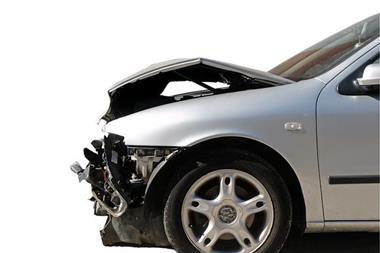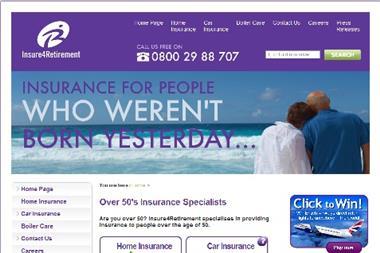Return to profit predicted for next year following larger than expected 2010 loss
IAG UK is pricing for a 15% increase in bodily injury claims inflation this year, a move that should help the motor insurer claw its way back into profitability next year.
Chief executive Ian Foy, speaking at an IAG Group strategy update, admitted the business – which made a larger than expected A$121m (£79m) loss for the six months to 31 December 2010 – would make a loss in the second half of its financial year. But it would then make a profit in 2012.
The full-year financial loss is likely to be an improvement on the A$355m loss racked up in the previous financial year as bodily injury claims dragged down the business.
Foy said IAG was pricing for the assumption of a 15% increase in bodily injury claims. “Some parts of the UK will go beyond that number, other parts will not,” he said. “I would be horrified if our classic car book had around that number, but we are pricing for the market. Where we see no opportunity to make profit, we will exit that business.”
IAG UK, which includes Equity Red Star and broker Barnett & Barnett, has exited 230 broker relationships and come off the aggregators, while putting up rates by about 20%.
IAG UK’s disastrous year has triggered disappointment among Lloyd’s members’ agents who courted Names to provide capital for Equity Red Star.
Foy admitted there could be a battle to win over Names in future. “Our relationship with the members’ agents has developed significantly in the past six to 12 months. I can’t speculate whether the Names will continue to commit capital, but I have received a lot of encouraging words from them about the action we have taken.”
Equity Red Star is also the subject of an ongoing section 166 investigation by the FSA into its reporting of bodily injury claims.
Equity has appointed an independent body to conduct a review of areas in which the regulator has concerns about its corporate governance or system controls.
Despite the challenges, Foy remained optimistic about IAG UK. “The market will improve; interest rates will rise,” he said. “We are beginning to see customers looking beyond pure price – they are seeking value.
“We will continue our rate increases. There have been strong increases over the market in the past 12 months and this will continue across all classes. Fleet is accelerating and we are achieving rate increases substantially ahead of where we were four months ago.”
He added: “Our reserving philosophy is complete and is more robust and conservative.”
Pass notes: IAG UK
Why is IAG UK in trouble?
IAG has been accused by JP Morgan analysts of being too slow to increase premium rates, bolster reserves and beef up claims management practices. IAG refutes the suggestion of inadequate reserving, pinning the blame on rises in bodily injury claims inflation.
What challenges does IAG UK face?
As well as withdrawing from unprofitable partnerships, it is relying on big rate rises to rectify the problem. But there is evidence that some players will drop rate increases into single-digit figures later this year, says analyst Jefferies. This could force firms such as IAG UK to lower their rate rises, putting pressure on the bottom line.
Should IAG Group sell the business?
IAG Group chief Michael Wilkins is adamant the business can be turned around, thanks to the hard market in private motor. Equity Red Star was once seen as an elite Lloyd’s insurer; to sell it on the cheap would be a blow to the Australian insurer’s reputation.
Talking points …
? IAG UK stresses that its reserving strategy is “robust and conservative” – but will it be enough to avoid future reserve strengthening?
? IAG UK has been pushing through 20% rate rises and exiting unprofitable broker relationships. But will it be able to sustain that, especially with some firms said to be ready to grab back market share by undercutting rivals?
Hosted by comedian and actor Tom Allen, 34 Gold, 23 Silver and 22 Bronze awards were handed out across an amazing 34 categories recognising brilliance and innovation right across the breadth of UK general insurance.














































No comments yet